Energy
Tripling Renewable Power And Doubling Energy Efficiency By 2030 Crucial Steps Towards 1.5°C
Views : 5
Tripling Renewable Power And Doubling Energy Efficiency By 2030 Crucial Steps Towards 1.5°c
Source: https://www.irena.org
Usually dispatched in 2 to 3 days
Usually dispatched in 2 to 3 days
Category:
Energy
Only logged in customers who have purchased this product may leave a review.
Related books
Recommended Electrical Network Design For Efficient Plant And Energy Operations
Wastewater Treatment Plants (WWTP) operators face major challenges. Water is the world’s most widely consumed product. Everywhere it is a strategic resource. Everywhere it needs to be carefully stewarded and managed to meet the challenges of:
• access to clean drinking water for all,
• water pollution and sustainable treatment,
• regulatory and environmental issues, even more stringent (exacting standards and regulations for water quality, energy conservation and reduced waste and emissions). WWTP designers and operators are at the forefront of the two first challenges. And they have to confront these challenges on a fiercely competitive, cost-constrained water market.
Recommended Electrical Network Design For Efficient Plant And Energy Operations
Wastewater Treatment Plants (WWTP) operators face major challenges. Water is the world’s most widely consumed product. Everywhere it is a strategic resource. Everywhere it needs to be carefully stewarded and managed to meet the challenges of:
• access to clean drinking water for all,
• water pollution and sustainable treatment,
• regulatory and environmental issues, even more stringent (exacting standards and regulations for water quality, energy conservation and reduced waste and emissions). WWTP designers and operators are at the forefront of the two first challenges. And they have to confront these challenges on a fiercely competitive, cost-constrained water market.
Water Treatment for Fossil Fuel Power Generation
SUMMARY
The process of electricity generation from fossil fuels such as coal, oil and natural gas requires water supplies for a number of essential power plant processes. The primary application of modern water treatment technology is to maintain the integrity and performance of the power plant. Critical plant applications have water purity or conditioning requirements that must be adhered to for safe, reliable and efficient power generation. Experience has shown that integration of water technology treatments with power plant design can be very important in reducing operational problems and component failures.
Water Treatment for Fossil Fuel Power Generation
SUMMARY
The process of electricity generation from fossil fuels such as coal, oil and natural gas requires water supplies for a number of essential power plant processes. The primary application of modern water treatment technology is to maintain the integrity and performance of the power plant. Critical plant applications have water purity or conditioning requirements that must be adhered to for safe, reliable and efficient power generation. Experience has shown that integration of water technology treatments with power plant design can be very important in reducing operational problems and component failures.



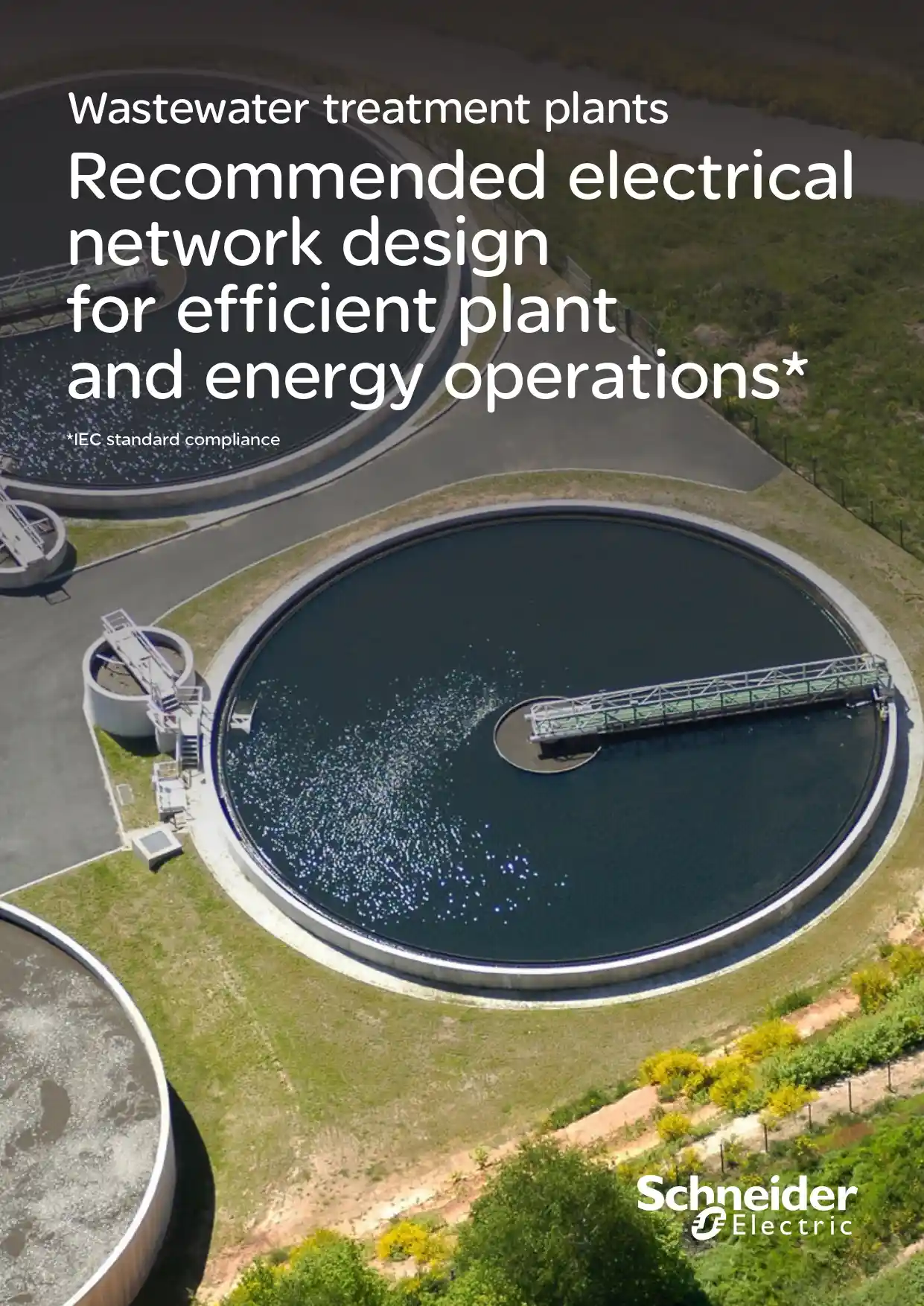
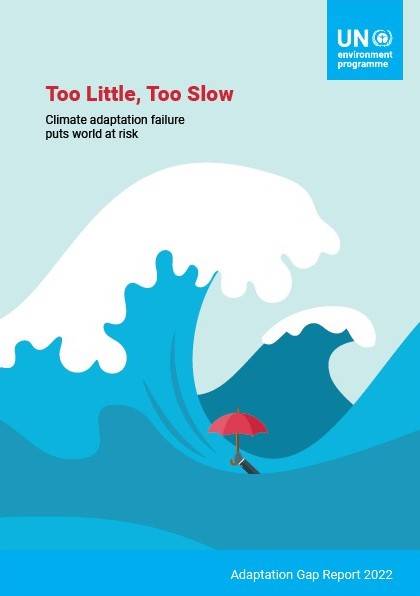


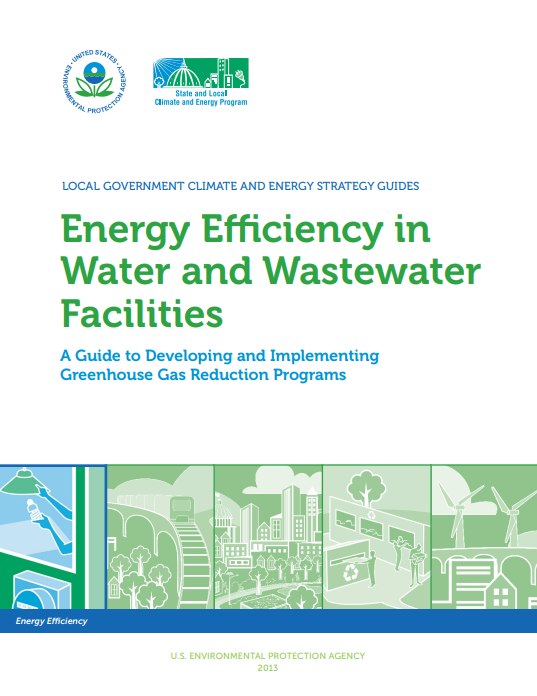

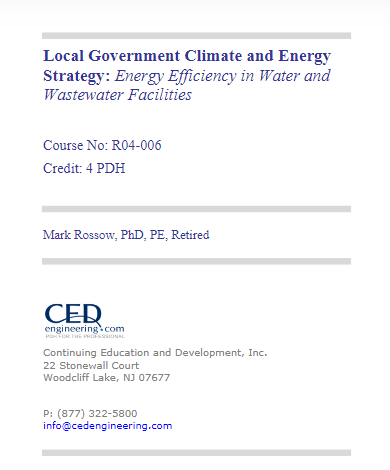

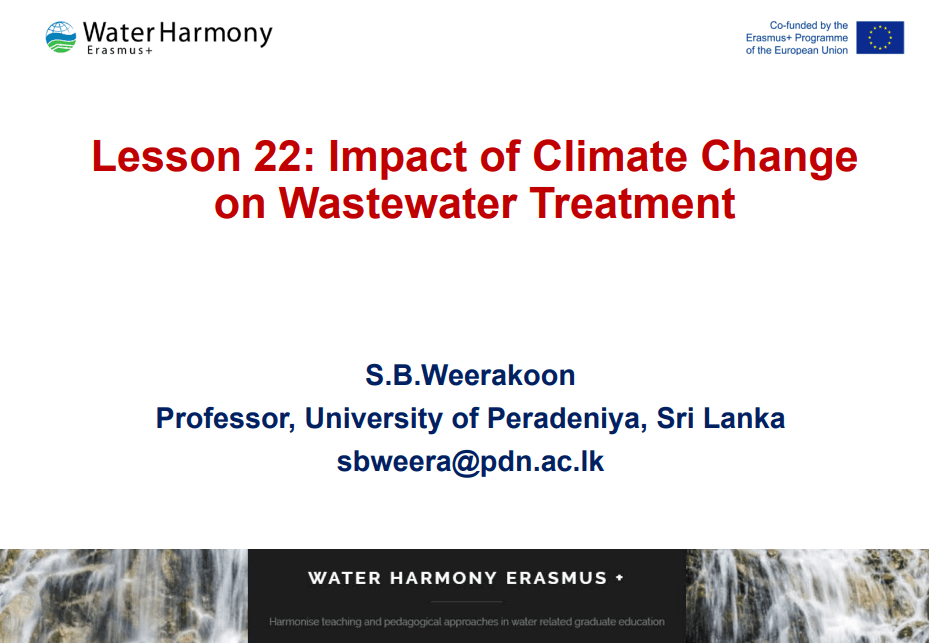
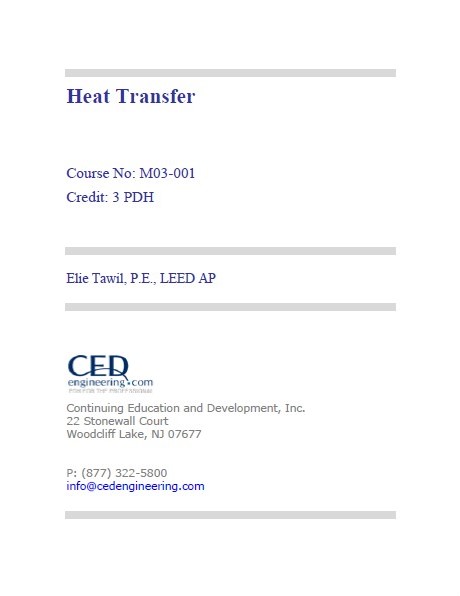


Reviews
There are no reviews yet.